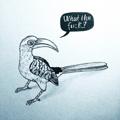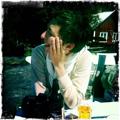velvet_shrimp@bookwyrm.social reviewed Rose/House by Arkady Martine
Loved the idea
3 stars
Of a spooky Ai haunted house. But somehow it didn't work so well for me. Maybe too many film Noir references made the atmosphere feel a little forced. Also the police was really not taking heir job seriously. No protocols observed ever, and some dumb mistakes were made. I still enjoyed it though.







